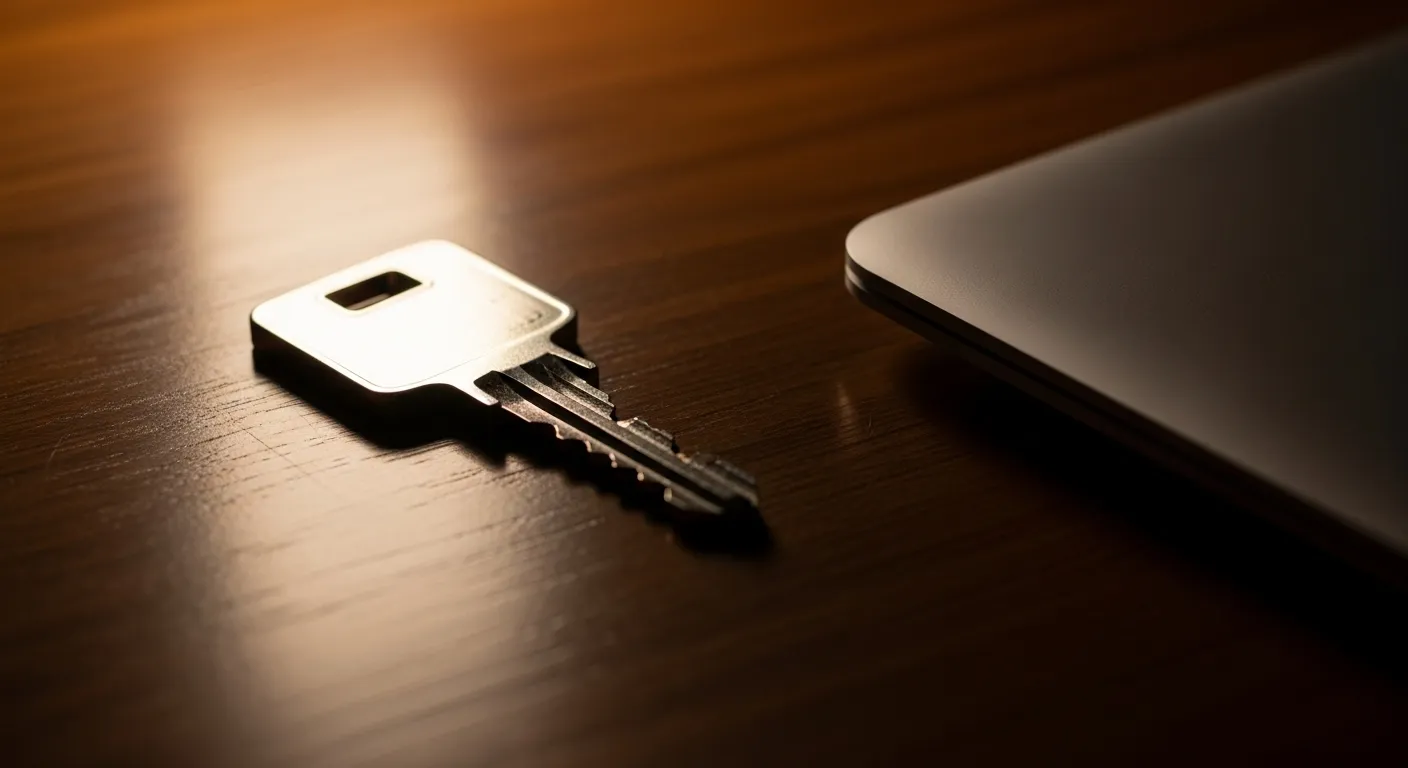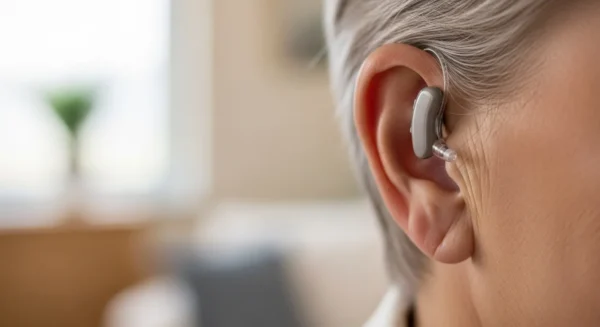
Actionable Strategies and Money-Saving Tips
Securing your online accounts is about creating layers of protection. No single action is foolproof, but when you combine several strong habits, you make yourself a much harder target for thieves. Here are the most effective cybersecurity tips to protect your retirement funds.
1. Create Unbreakable Passwords
Your password is the first line of defense for any account. A weak, easy-to-guess password is like leaving your front door unlocked. A strong password is long, complex, and unique.
- Length is Strength: Aim for at least 12 characters. The longer, the better. A password like “Apple123” can be cracked by a computer in seconds. A password like “MyGreenAppleTree!1975” could take centuries.
- Mix It Up: Use a combination of uppercase letters, lowercase letters, numbers, and symbols (like !, @, #, $).
- Make It Unique: Never reuse passwords across different websites. If a thief gets your password for one site, they will try it on your email, bank, and retirement accounts. If you use the same one everywhere, they will get into everything.
- Consider a Passphrase: Instead of a random string of characters, think of a memorable but long phrase. For example, “I love walking my dog Fluffy in the park!” can be turned into a strong password like “IlwmdFitp!_”. It is easy for you to remember but very difficult for a computer to guess.
Managing dozens of unique, complex passwords can feel overwhelming. This is where a password manager can be a lifesaver. A password manager is a secure digital vault that creates, stores, and fills in your passwords for you. You only need to remember one master password to unlock the vault. It is a highly recommended tool for digital security.
2. Enable Two-Factor Authentication (2FA) Everywhere
We mentioned this earlier, but it is so important it deserves its own section. Two-factor authentication is your security superpower. Most major financial institutions, email providers, and social media sites offer it for free. You should enable it on every single account that offers it, especially:
- Your primary email account
- All banking and investment accounts
- Your Social Security account (SSA.gov)
- Any online shopping sites where you have saved credit card information
To turn on 2FA, log in to your account and look for “Security” or “Login Settings.” The website will guide you through the simple setup process, which usually involves linking your account to your phone number.
3. Practice Safe Browsing and Email Habits
Criminals use the internet to lay traps for you. Learning to spot them is a critical skill for senior safety.
- Look for the Lock: Before entering any personal information on a website, look at the address bar. It should start with “https” and have a small padlock icon next to it. This means the connection is secure and encrypted. If you do not see it, do not enter any sensitive data.
- Think Before You Click: Be suspicious of unsolicited emails or text messages, even if they seem to be from a company you know. If an email from your bank claims your account is locked, do not click the link in the email. Instead, open a new browser window and type the bank’s official website address yourself, or call the number on the back of your debit card.
- Beware of Public Wi-Fi: Free Wi-Fi at coffee shops, airports, and hotels is convenient, but it is not secure. Criminals can sit on the same network and spy on what you are doing. Avoid logging into your bank or making purchases on public Wi-Fi. If you must, use a Virtual Private Network (VPN), which encrypts your connection.
4. Keep Your Devices and Software Updated
Your computer, smartphone, and tablet receive regular software updates for a reason. These updates often contain critical security patches that fix vulnerabilities discovered by the software companies. Hackers actively search for devices that are not updated because they are easy to break into.
- Turn on Automatic Updates: The easiest way to stay safe is to set your devices and applications (like your web browser) to update automatically.
- Use Security Software: Install a reputable antivirus and anti-malware program on your computer and keep it running. This software acts as a security guard, actively scanning for and blocking threats before they can do harm.
Taking these steps creates a robust defense system. It makes your accounts harder to crack, helps you spot and avoid common traps, and ensures your devices have the latest protections. For more cybersecurity tips, you can consult resources from the FTC, which provides extensive consumer guidance.















